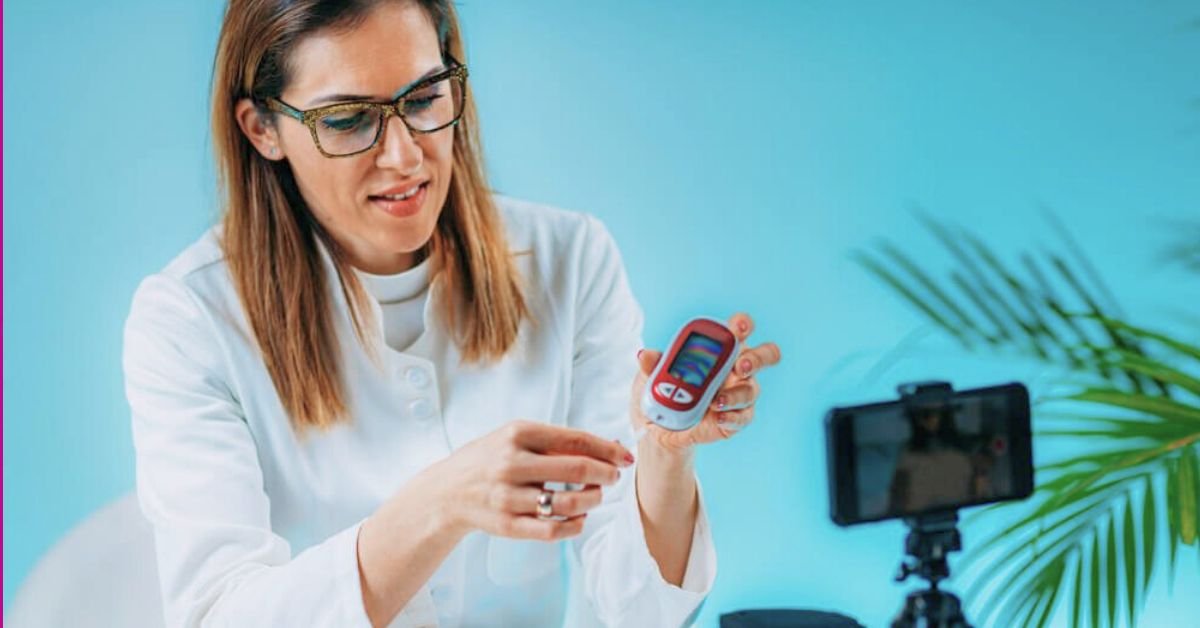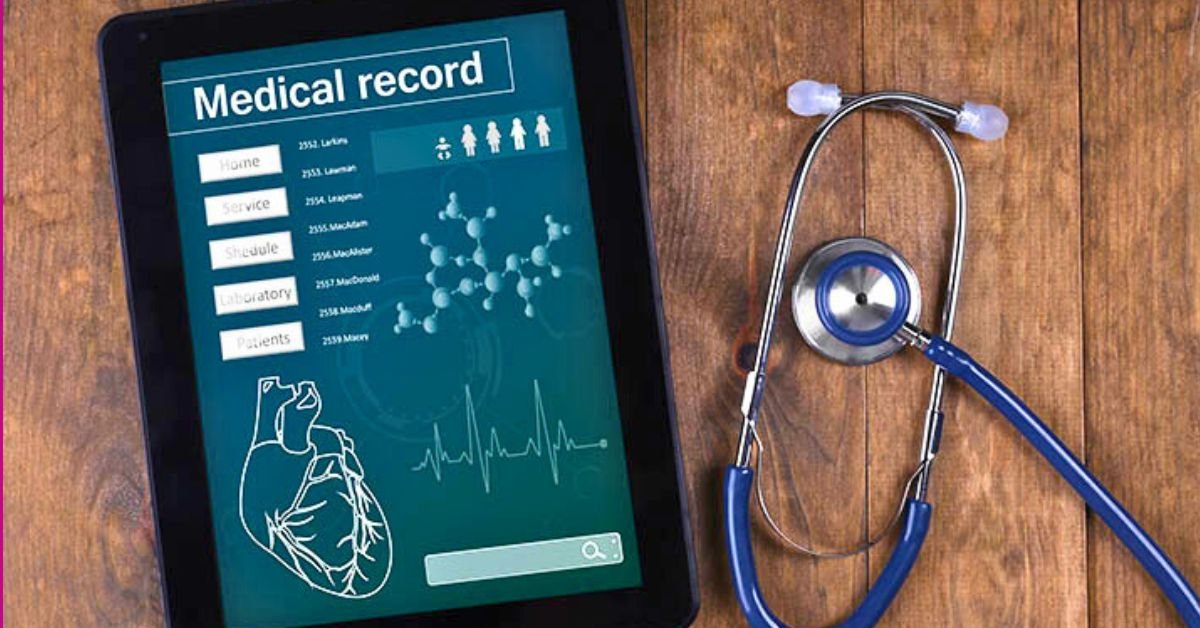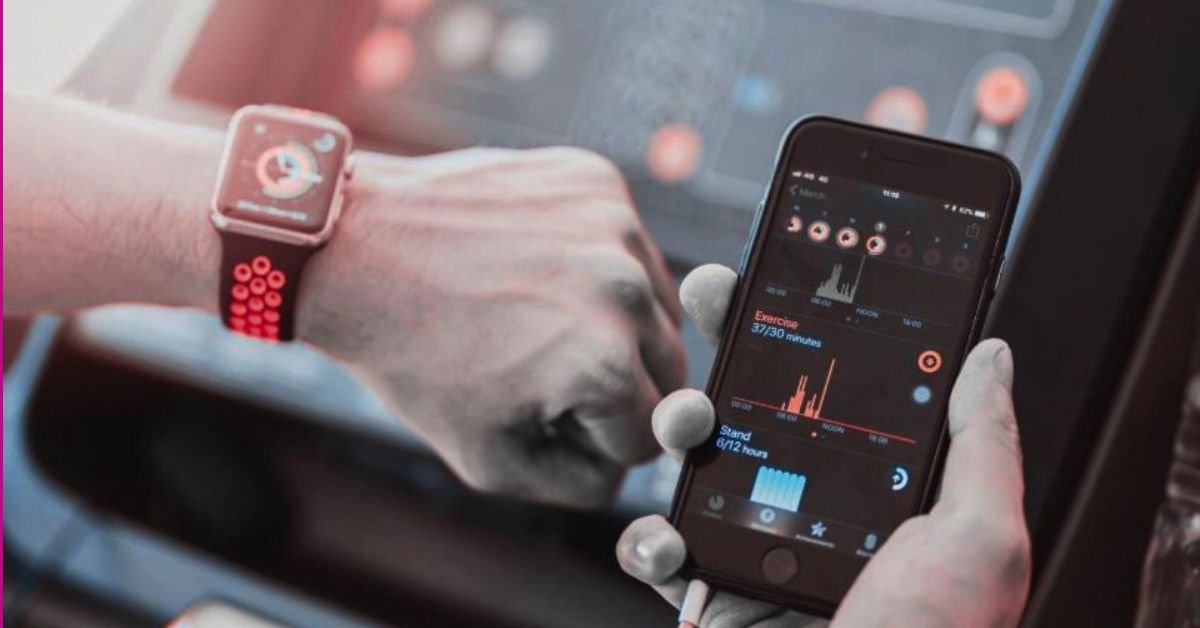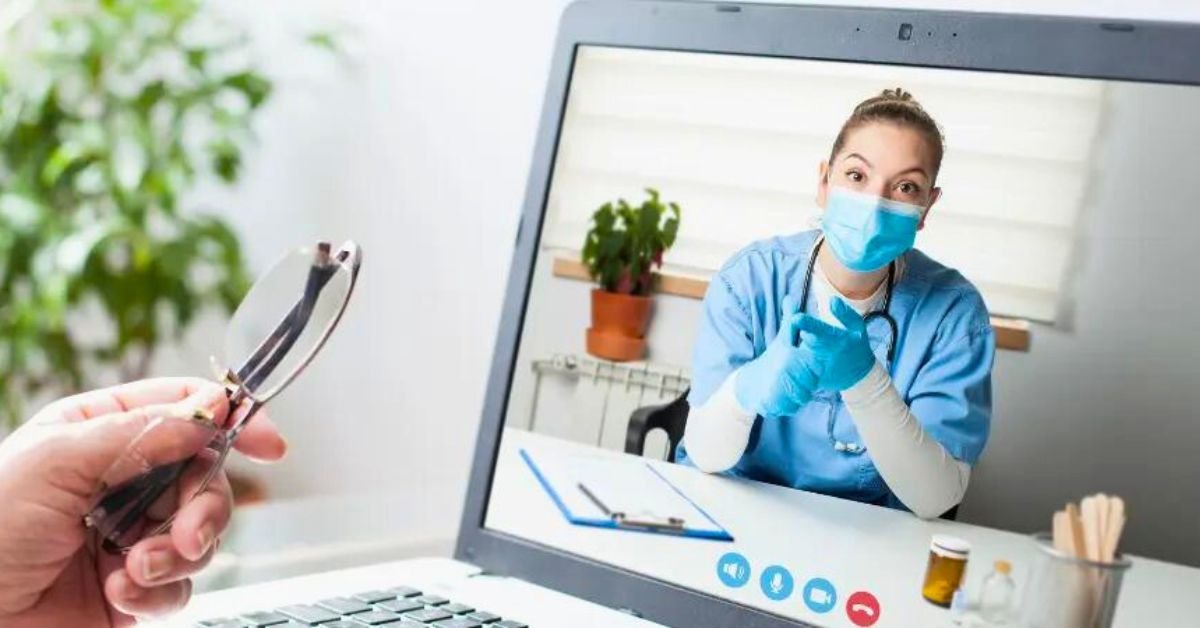1. Telemedicine
Telemedicine has transformed the way healthcare is delivered, especially highlighted during the COVID-19 pandemic. It includes:
Video Consultations
Definition: Video consultations involve the use of video conferencing technology to enable remote interactions between healthcare providers and patients. This allows for real-time communication without the need for physical presence.

Benefits:
- Convenience: Patients can consult with their healthcare providers from the comfort of their homes, which is especially beneficial for those with mobility issues or living in remote areas.
- Accessibility: Increases access to healthcare services for people in underserved or rural locations.
- Time Efficiency: Reduces travel time and wait times for appointments.
- Continuity of Care: Facilitates follow-up appointments and ongoing monitoring without requiring in-person visits.
Challenges:
- Technical Issues: requires reliable internet connections and technical proficiency from both parties.
- Privacy Concerns: Ensuring that video consultations are secure and confidential.
- Limitations in Diagnosis: Some conditions may require physical examination or diagnostic tests that cannot be performed remotely.
Best Practices:
- Clear Guidelines: Provide patients with instructions on how to prepare and what to expect.
- Secure Platforms: Use encrypted and secure video conferencing tools to protect patient data.
- Technical Support: Offer assistance to patients who may struggle with technology.
Remote Monitoring
Definition: Remote monitoring involves using technology to track patients’ health data from a distance. This can include various devices and sensors that collect data such as heart rate, blood pressure, glucose levels, and more.
Benefits:
- Real-Time Data: Provides continuous monitoring and instant feedback, allowing for timely interventions.
- Chronic Disease Management: Helps in managing chronic conditions like diabetes or heart disease by tracking health metrics and alerting healthcare providers to potential issues.
- Patient Engagement: Encourages patients to take an active role in their health management by providing them with real-time insights into their health status.
Challenges:
- Data Security: Ensuring the privacy and security of health data collected through remote monitoring devices.
- Device Reliability: Maintaining the accuracy and functionality of monitoring devices.
- Patient Compliance: encouraging consistent use and understanding of the monitoring technology.
Best Practices:
- User Training: educate patients on how to use monitoring devices and interpret their data.
- Data Integration: Ensure that monitoring data integrates seamlessly with electronic health records (EHRs) for comprehensive patient management.
- Regular Review: Healthcare providers should regularly review the data collected and adjust treatment plans as needed.
Asynchronous Communication
Definition: Asynchronous communication refers to interactions where participants do not need to be present or respond simultaneously. In healthcare, this might involve email, secure messaging systems, or other digital communication methods where responses can occur at different times.
Benefits:
- Flexibility: Allows patients and healthcare providers to communicate at their convenience without needing to align schedules.
- Documentation: Provides a written record of communications that can be useful for tracking progress and decision-making.
- Reduced Pressure: Patients may feel more comfortable asking questions and discussing sensitive issues without the pressure of a live conversation.
Challenges:
- Delayed Responses: Lack of immediate feedback can lead to delays in care or decision-making.
- Communication Gaps: Potential for miscommunication or lack of clarity if not all details are addressed.
- Urgency Management: It is difficult to manage urgent issues that require immediate attention.
Best Practices:
- Clear Communication: Provide clear guidelines and expectations for response times and communication protocols.
- Secure Platforms: Use secure and encrypted communication tools to protect patient information.
- Regular Monitoring: Ensure that messages and enquiries are regularly reviewed and addressed promptly.
2. Electronic Health Records (EHRs)

EHRs are digital records that replace traditional paper charts. They offer several advantages:
Comprehensive Patient Histories: EHRs consolidate all patient information into one accessible location, including medical history, medications, allergies, and lab results.
Interoperability: EHR systems can share information across different healthcare settings, improving coordination among specialists and primary care providers.
Data Analytics: Providers can analyse patient data for trends and outcomes, leading to improved clinical decisions.
3. Wearable Devices

Wearable health technology is becoming increasingly popular.
Fitness Trackers: Monitor physical activity levels, heart rate, sleep quality, and more, encouraging users to maintain healthy lifestyles.
Medical Wearables: Devices like continuous glucose monitors (CGMs) for diabetics or heart monitors provide real-time health data that can alert users and their doctors to potential issues.
4. Health Information Exchange (HIE)
HIE enables different healthcare organisations to exchange patient information securely.
Improved Care Coordination: Ensures that all carers have access to the same information about a patient’s medical history.
Reduced Duplication of Tests: Accessing shared records helps avoid unnecessary repeat tests or procedures.
5. Artificial Intelligence (AI) & Machine Learning
AI applications in healthcare are vast and impactful.
Diagnostic Assistance: AI algorithms analyse medical images (like X-rays or MRIs) with high accuracy to assist radiologists in identifying conditions such as tumours or fractures.
Predictive Analytics: Machine learning models predict patient outcomes based on historical data, helping in early intervention strategies.
Natural Language Processing (NLP): Used in EHRs for extracting relevant information from unstructured notes written by clinicians.
6. Mobile Health Apps
Health apps empower patients through self-management tools:
Medication Management: Reminders help patients adhere to prescribed regimens.
Symptom Checkers: Users input symptoms and receive possible diagnoses or advice on whether they need medical attention.
Mental Health Support: Apps offer resources such as mindfulness exercises or connect users with therapists via chat or video.
7. Robotics

Robotic technology enhances surgical precision and efficiency.
Surgical Robots: Systems like the da Vinci Surgical System allow surgeons to perform minimally invasive surgeries with enhanced dexterity using robotic arms controlled from a console.
Rehabilitation Robots: Assist patients recovering from injuries by providing guided movement therapy tailored to individual needs.
8. Blockchain Technology
Blockchain offers promising solutions for secure health record management:
Data Security & Privacy: Decentralised ledgers protect sensitive patient information while allowing authorised access only when needed.
Patient Control Over Data: Patients may have greater control over who accesses their health records through blockchain-based systems.
9. Virtual Reality (VR) & Augmented Reality (AR)
These technologies enhance education and treatment methods:
Medical Training Simulations: VR provides immersive environments for training surgeons without risk to actual patients.
Patient Education Tools: AR applications can visualise complex procedures for patients, helping them understand what will happen during surgery or treatment plans.
10. Big Data Analytics
The use of big data analytics in healthcare drives innovation.
Population Health Management: Analysing large datasets helps identify public health trends and inform policy decisions regarding preventive measures.
Clinical Decision Support Systems (CDSS): These systems utilise data analytics to provide evidence-based recommendations at the point of care.
Conclusion
Healthcare technology continues to evolve rapidly, driving improvements in patient outcomes, operational efficiencies, and overall system effectiveness. As these technologies become more integrated into everyday practice, they hold great promise for transforming how we approach health management globally. The future will likely see further advancements in personalised medicine through genetic profiling combined with AI-driven insights that tailor treatments specifically for individuals based on their unique biological makeup and lifestyle factors.
